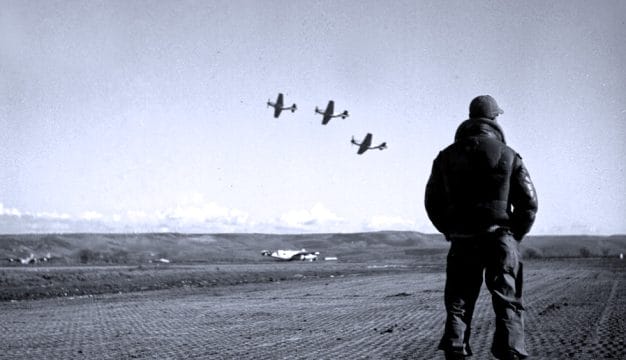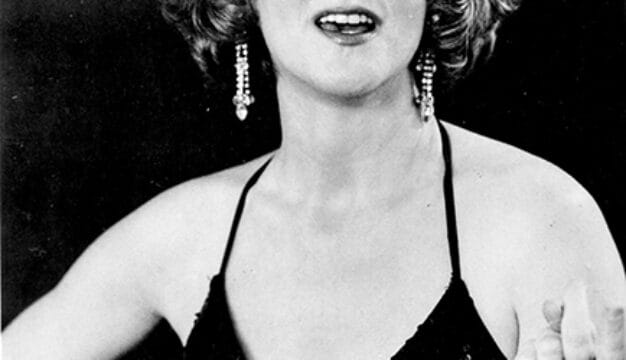Ruby Pickens Tartt
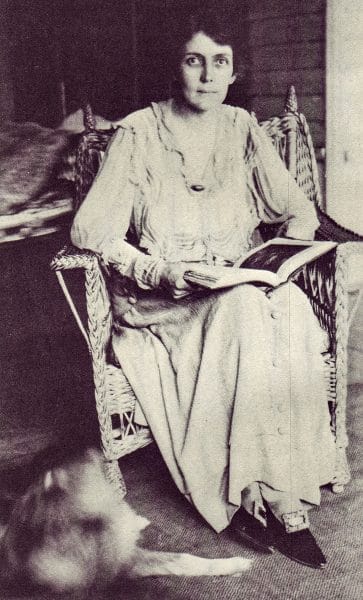 Ruby Pickens Tartt
One of the foremost chroniclers of folklore, folk music, and slave narratives in rural Alabama, Ruby Pickens Tartt (1880-1974) helped to fill the manuscript and music collections of the Library of Congress and preserve the culture of Sumter County. Through her work with the Federal Writers’ Project, she discovered Sumter County singer Vera Hall Ward, whose version of “Another Man Done Gone” filled the halls of the Library of Congress on the 75th anniversary of the Emancipation Proclamation. Tartt was also a noted author and painter.
Ruby Pickens Tartt
One of the foremost chroniclers of folklore, folk music, and slave narratives in rural Alabama, Ruby Pickens Tartt (1880-1974) helped to fill the manuscript and music collections of the Library of Congress and preserve the culture of Sumter County. Through her work with the Federal Writers’ Project, she discovered Sumter County singer Vera Hall Ward, whose version of “Another Man Done Gone” filled the halls of the Library of Congress on the 75th anniversary of the Emancipation Proclamation. Tartt was also a noted author and painter.
Ruby Stuart Pickens was born on January 13, 1880, in Livingston, Sumter County, to Fannie West Short Pickens and William King Pickens, a prominent cotton grower. She had an older brother. From an early age, Ruby was captivated by the songs and stories of the local black community in Sumter County and was an outspoken critic of the injustices they suffered.
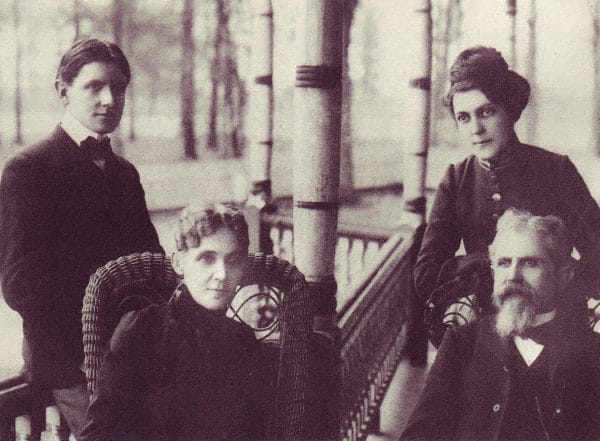 Pickens Family, ca. 1900
Educated at Livingston Female Academy and Alabama State Normal College (now the University of West Alabama) under Julia Strudwick Tutwiler, a progressive educator intent on broadening the horizons of women, Pickens learned to investigate the world around her. Her devoted father bought her one of the state’s first automobiles and installed a gas tank in the front yard. Her family’s financial means also enabled her to travel outside Alabama for educational opportunities. In 1901, she attended the Chase School of Art in New York and studied under William Merritt Chase, one of America’s premier artists and art instructors. Pickens adopted Chase’s style of painting directly on canvas with heavily laden paintbrushes and without preliminary sketches. She also took to heart his encouragement to go out and paint subjects as they appeared in the world around her. Tartt would later teach art at the college in Livingston, and her still-life paintings, family portraits, and landscapes continue to hold their value among collectors.
Pickens Family, ca. 1900
Educated at Livingston Female Academy and Alabama State Normal College (now the University of West Alabama) under Julia Strudwick Tutwiler, a progressive educator intent on broadening the horizons of women, Pickens learned to investigate the world around her. Her devoted father bought her one of the state’s first automobiles and installed a gas tank in the front yard. Her family’s financial means also enabled her to travel outside Alabama for educational opportunities. In 1901, she attended the Chase School of Art in New York and studied under William Merritt Chase, one of America’s premier artists and art instructors. Pickens adopted Chase’s style of painting directly on canvas with heavily laden paintbrushes and without preliminary sketches. She also took to heart his encouragement to go out and paint subjects as they appeared in the world around her. Tartt would later teach art at the college in Livingston, and her still-life paintings, family portraits, and landscapes continue to hold their value among collectors.
 Pickens Home, ca. 1900
Ruby married her childhood sweetheart, William Pratt Tartt, on October 18, 1904. The couple had one child, Fannie Pickens Tartt (Inglis), born on June 21, 1906. Pratt Tartt was from an influential family and worked at the family’s bank. In the 1920s, Ruby Pickens Tartt made the acquaintance of Carl Carmer, a transplant from New York who was teaching English at the University of Alabama. He enjoyed her descriptions of Sunday dinners, barbeques, fiddler conventions, baptisms, and spirituals and credited her with much of the material in his popular 1934 book Stars Fell on Alabama. Carmer even based the character Mary Louise on Tartt. Through Carmer and other contacts, her knowledge helped to bring Alabama’s rural African American culture and folklore to a wider audience.
Pickens Home, ca. 1900
Ruby married her childhood sweetheart, William Pratt Tartt, on October 18, 1904. The couple had one child, Fannie Pickens Tartt (Inglis), born on June 21, 1906. Pratt Tartt was from an influential family and worked at the family’s bank. In the 1920s, Ruby Pickens Tartt made the acquaintance of Carl Carmer, a transplant from New York who was teaching English at the University of Alabama. He enjoyed her descriptions of Sunday dinners, barbeques, fiddler conventions, baptisms, and spirituals and credited her with much of the material in his popular 1934 book Stars Fell on Alabama. Carmer even based the character Mary Louise on Tartt. Through Carmer and other contacts, her knowledge helped to bring Alabama’s rural African American culture and folklore to a wider audience.
The Tartts’ life of privilege changed drastically during the Great Depression of the 1930s, but difficult financial times offered Ruby an opportunity to bring Sumter County to national attention. Then in her mid-50s and in need of work, Tartt applied for a job in nearby York with the federal Works Progress Administration, a government employment initiative. In 1936, Tartt was appointed chair of the local Federal Writers’ Project in Sumter County, through which she collected the life stories and folk tales of former slaves, and she gained a deep interest in preserving southern black culture.
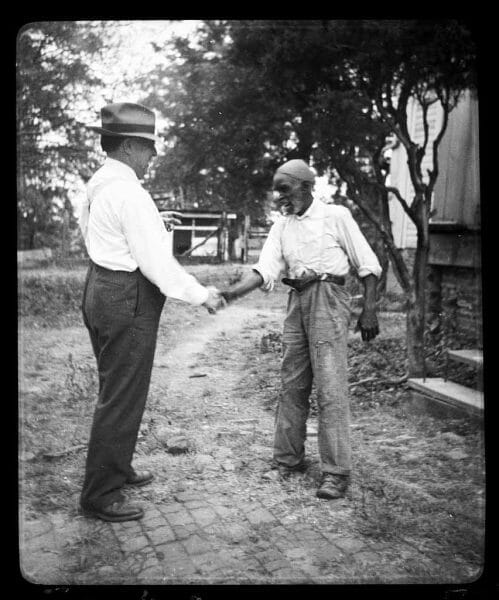 John Lomax Sr. and Richard Brown
Tartt’s work with the project brought her to the attention of ethnomusicologist John A. Lomax, who was collecting recordings for the Archive of American Folk Songs at the Library of Congress. In 1937, Lomax travelled to Sumter County to collect folksongs with Tartt, and the pair recorded 305 songs in an area of approximately 15 square miles on their first outing. On subsequent trips on her own, Tartt secured more material for Lomax. One of the singers that Tartt recorded was Vera Hall Ward, a local cook and washerwoman who now is considered one of the finest singers of folk, blues, and spirituals in the twentieth century. In 1939, Lomax and Tartt recorded more than one hundred items for the archive. During Lomax’s final trip to Sumter County in 1940, the pair made 145 records of more than 755 items for the archives, in addition to 84 photographs of the folksingers. Lomax reproduced the Sumter County recordings on his 10-volume record set, The Ballad Hunter.
John Lomax Sr. and Richard Brown
Tartt’s work with the project brought her to the attention of ethnomusicologist John A. Lomax, who was collecting recordings for the Archive of American Folk Songs at the Library of Congress. In 1937, Lomax travelled to Sumter County to collect folksongs with Tartt, and the pair recorded 305 songs in an area of approximately 15 square miles on their first outing. On subsequent trips on her own, Tartt secured more material for Lomax. One of the singers that Tartt recorded was Vera Hall Ward, a local cook and washerwoman who now is considered one of the finest singers of folk, blues, and spirituals in the twentieth century. In 1939, Lomax and Tartt recorded more than one hundred items for the archive. During Lomax’s final trip to Sumter County in 1940, the pair made 145 records of more than 755 items for the archives, in addition to 84 photographs of the folksingers. Lomax reproduced the Sumter County recordings on his 10-volume record set, The Ballad Hunter.
In the 1950s, the British Broadcasting Corporation (BBC) released a series of recordings of American folksongs, and Tartt’s transcribed lyrics for Sumter County songs, bringing them to homes throughout the United States and Great Britain. Tartt assisted Lomax and his folklorist son Alan in recording the material that made up the collections Afro-American Spirituals, Work Songs, and Ballads and Afro-American Blues and Game Songs. Ruby also aided University of Alabama music professor Byron Arnold in gathering material for his collection Folksongs of Alabama, and poet and Abraham Lincoln biographer Carl Sandburg also used some of her material in the 1950 edition of his New American Songbag.
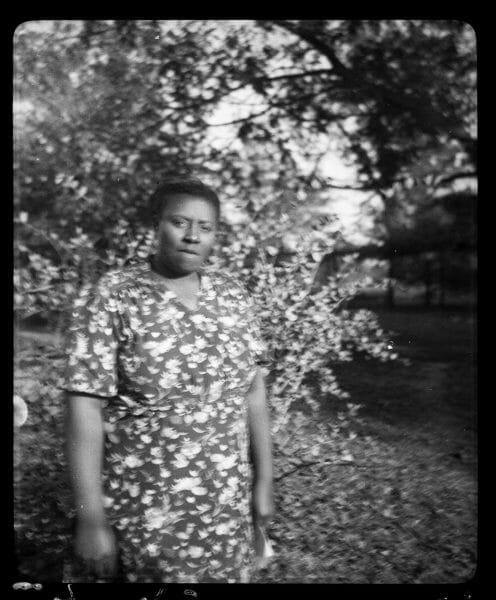 Adele “Vera” Hall
Ruby began writing fiction in the 1940s, and her short story “A Pair of Blue Stockings” was included in Houghton Mifflin’s Best American Short Stories, 1945, and the Yearbook of the American Short Story. She published the story “Alabama Sketches” in The Southwest Review. She was also awarded a contract with Houghton-Mifflin for a collection of stories based on folklore, but in 1945, a tornado destroyed her home, injured her right hand, and scattered many of her notes on folklore. The book, for which only an outline remains, was never published. She continued to write and paint but did so with difficulty.
Adele “Vera” Hall
Ruby began writing fiction in the 1940s, and her short story “A Pair of Blue Stockings” was included in Houghton Mifflin’s Best American Short Stories, 1945, and the Yearbook of the American Short Story. She published the story “Alabama Sketches” in The Southwest Review. She was also awarded a contract with Houghton-Mifflin for a collection of stories based on folklore, but in 1945, a tornado destroyed her home, injured her right hand, and scattered many of her notes on folklore. The book, for which only an outline remains, was never published. She continued to write and paint but did so with difficulty.
 Ruby Pickens Tartt
In 1950, folklorist Harold Courlander travelled to Sumter County as a representative of Folkways Records and sought Tartt’s help with his recording efforts. Their collaboration resulted in the inclusion of Sumter County singers in the collections Rich Amerson I, Rich Amerson II, Folk Music U.S.A., Negro Folk Music of Alabama, Negro Songs of Alabama, and Negro Folk Music U.S.A. Singer Harry Belafonte and folk group The Kingston Trio recorded versions of “Wild Ox Moan” and “The Last Month of the Year,” respectively. Other songs collected by Tartt and Lomax continue to appear in folksong collections such as The Deep River of Song: Alabama. In 1999, recording artist Moby included Vera Hall Ward’s voice and song “Trouble So Hard” on his multiplatinum album Play, once more bringing attention to Hall and Tartt.
Ruby Pickens Tartt
In 1950, folklorist Harold Courlander travelled to Sumter County as a representative of Folkways Records and sought Tartt’s help with his recording efforts. Their collaboration resulted in the inclusion of Sumter County singers in the collections Rich Amerson I, Rich Amerson II, Folk Music U.S.A., Negro Folk Music of Alabama, Negro Songs of Alabama, and Negro Folk Music U.S.A. Singer Harry Belafonte and folk group The Kingston Trio recorded versions of “Wild Ox Moan” and “The Last Month of the Year,” respectively. Other songs collected by Tartt and Lomax continue to appear in folksong collections such as The Deep River of Song: Alabama. In 1999, recording artist Moby included Vera Hall Ward’s voice and song “Trouble So Hard” on his multiplatinum album Play, once more bringing attention to Hall and Tartt.
From 1940 to 1964, Tartt worked as a librarian in Sumter County. She spent her final years in a nursing home, continuing to paint with a finger when she could no longer hold a brush. Tartt died on November 29, 1974, in York and was buried in Myrtlewood Cemetery in Livingston.
Ruby Pickens Tartt, whom John A. Lomax called “his chief assistant, guide, and ramrod,” continues to affect the world of folk music and folk culture as her notes, the songs, the singers, the stories and the storytellers are rediscovered by a new generation of scholars and musicians. Tartt was enshrined in the Alabama Women’s Hall of Fame in 1980, and the Livingston, Alabama, public library where she worked bears her name. Her collection of manuscripts was donated to the Livingston University (UWA).
Further Reading
- Brown, Virginia Pounds, and Laurella Owens. Toting the Lead Row: Ruby Pickens Tartt, Alabama Folklorist. Tuscaloosa, Ala.: University of Alabama Press, 1981.
- Brown, James Seay, Jr., editor. Up Before Daylight: Life Histories From the Alabama Writers’ Project, 1938-1939. Tuscaloosa, Ala.: University of Alabama Press, 1997.
- Brown, Alan, editor. Dim Roads and Dark Nights: The Collected Folklore of Ruby Pickens Tartt. Livingston, Ala.: Livingston University Press, 1993.
- Solomon, Jack, and Olivia Solomon, eds. “Honey in the Rock”: The Ruby Pickens Tartt Collection of Religious Folk Songs from Sumter County. Mercer, Ga.: Mercer University Press, 1991.


